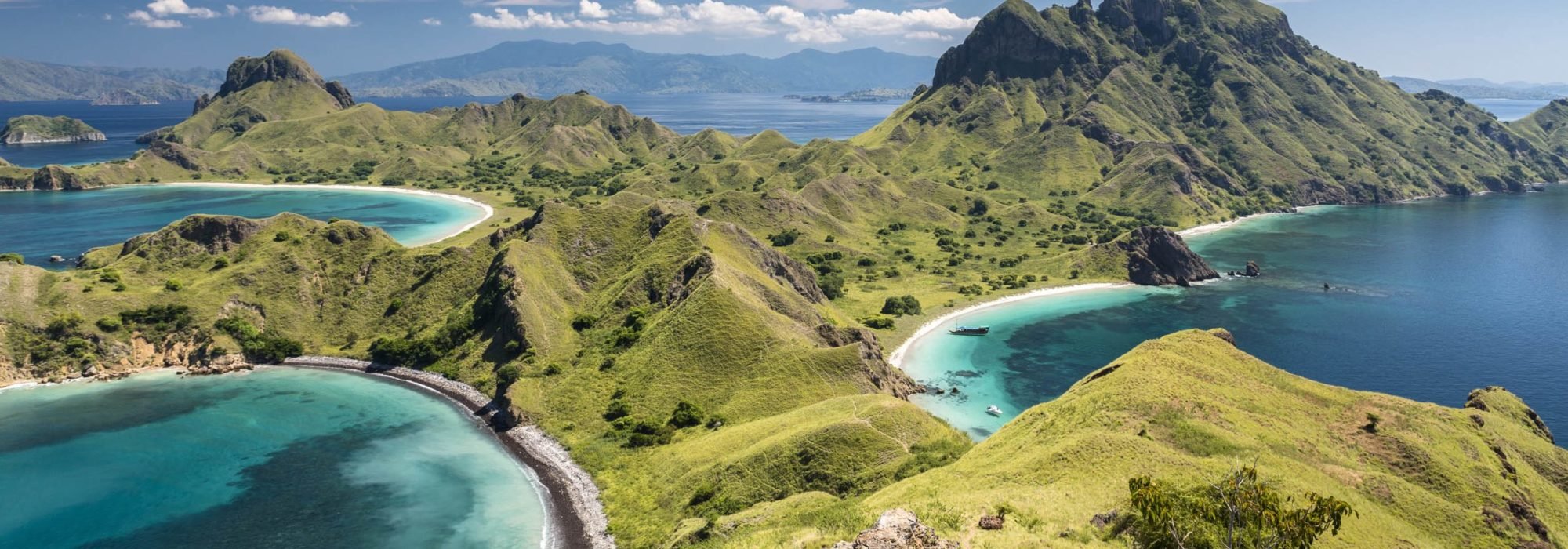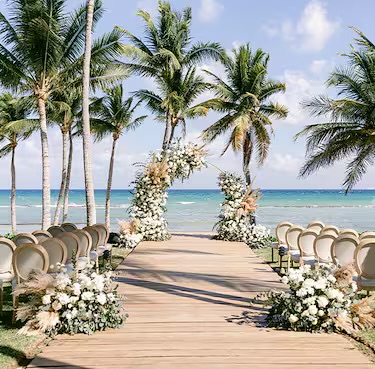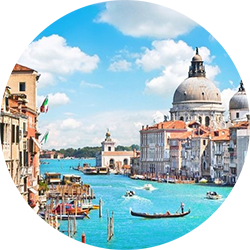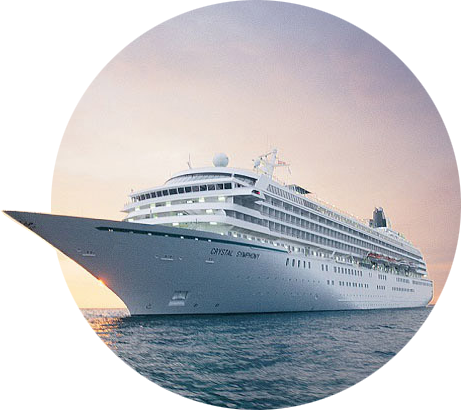
Indonesia is one of Southeast Asia's business hot spots and a growing travel destination. Bali, especially, is an easy and enjoyable place to visit, full of stunning sights, interesting Hindu culture, friendly people and comfortable amenities.
With an estimated 250 million people, Indonesia is the fourth most populous country in the world, and there are 350 cultures and many languages scattered across its widespread islands. All that diversity strains the government's ability to meet the needs of the populace. It's also one of the best reasons to visit Indonesia. Visitors often return home more appreciative of what they have after witnessing the hard life many Indonesians lead.
Travelers should note that Indonesia has encountered turbulence in recent years. A series of terrorist attacks in Jakarta and Bali have caused a significant decline in tourism. While most tourists do not encounter any problems when visitng the country, the U.S. and the U.K. have issued travel advisories for those visiting Indonesia.
Geography
Encompassing a large area between Australia and Asia, Indonesia is a nation of islands. The entire archipelago comprises some 17,508 islands of which around 6,000 are inhabited, with the largest populations living in Java, Sumatra, Sulawesi, Kalimantan, Bali, Nusa Tenggara and Papua.
Indonesia's natural landscape ranges from rain forest and lush grasslands to volcanic peaks and semidesert. Bali has some of the most beautiful gardens in the world, and both Java and Bali offer stunning vistas of irrigated rice fields sculpted over centuries out of the islands' rich volcanic soils. The islands are home to such rare species as orangutans, tigers, elephants, Komodo dragons, giant hornbills, multicolored parrots and birds of paradise.
History
Home of the original Java man (related to Homo erectus) discovery, Indonesia was influenced by many cultures over the years. Inhabitants of Austronesia migrated across Southeast Asia, establishing Hindu kingdoms on Java and Bali from AD 400 until the arrival of Islam in the 15th century. European interest in cloves, nutmeg, pepper and sandalwood led to extensive Portuguese trade routes and the colonization of the Spice Islands.
The Dutch took control of the islands in the 1600s until 1942, when the Japanese invaded Java during World War II. Nationalist rebellion peaked as Japan surrendered to the Allies, and Indonesia declared its independence in 1945. The Dutch, however, only recognized Indonesian independence in 1949, under the leadership of President Sukarno. Poor economic management, confrontation with newly independent neighbors (namely Malaysia) and communist leanings led to Sukarno's downfall and overthrow in 1966, after a failed communist coup followed by a bloodbath in which it is estimated some 500,000 people were killed. Gen. Suharto led Indonesia to become one of the Asian "tiger" economies until corruption, nepotism and human rights violations led students to riot and bring down the government in 1998.
Vice President B.J. Habibie became the archipelago's third president in 1999 and granted independence to East Timor (now Timor-Leste). In the nation's first democratic elections in 40 years, Abdurrahman Wahid was elected president in 2000 and was impeached and replaced in 2001 by his vice president, Megawati Sukarnoputri, daughter of the first president Sukarno. The country's first direct presidential elections were held in July 2004 and resulted in the election of ex-Gen. Susilo Bambang Yudhoyono (commonly referred to by his initials, S.B.Y.). S.B.Y was re-elected to the presidency in 2009 with Boediono (who, like many Indonesians, uses only one name) becoming vice president.
Following the election of S.B.Y., Indonesia made considerable progress. A peace treaty was signed in the troubled Aceh region in 2005, and although terrorism has remained a threat, a number of arrests and other police actions have dampened its spread. The economy has improved, though endemic corruption remains a serious blight—despite S.B.Y.'s populist anticorruption platform. In 2014, S.B.Y. was succeeded by Joko Widodo.
The country remains at a crossroads, blighted by natural disasters, struggling against fanaticism and weighed down by corruption. The future for Indonesia's rapidly growing population remains anything but clear.
Snapshot
Indonesia's attractions include beaches, temples, indigenous cultures, spectacular scenery, handicrafts, volcanoes, scuba diving, and unique birds and animals.
Indonesia can be a good destination for those who love to lie on beautiful beaches, enjoy exotic cultures and who can tolerate a certain degree of inefficiency, inconvenience, tropical heat and discomfort.
Potpourri
The three best-known dances in Bali are the barong, the legong and the kecak. The barong is performed to protect the village from evil spirits and sickness. The legong dance was traditionally performed only by young virgin girls. Wrapped in yards of gorgeous fabrics, the girls enact the tale of a princess kidnapped by a rejected suitor. Also known as the monkey dance, the kecak dance features the monkey king, Hanuman, and his monkey army. It is dramatic and visually stunning, especially when performed as originally intended, after dark—lit only by torches.
The English word "ketchup" (or catsup) derives from the Indonesian kecap, or sauce. "Amok" is another Bahasa Indonesian word commonly used in English. (Malaysians, who speak a related language, may dispute these claims.) The word "orangutan" also comes from this part of the world.
Papua's Mount Puncak Jaya (or Mount Carstensz), at 15,024 ft/4,884 m, is the highest mountain in Indonesia and is one of the highest peaks between the Himalayas and the Andes in South America. Mount Hkakabo (or Hkakabo Rzai) in northern Myanmar is taller, at 19,280 ft/5,889 m.
The giant Komodo lizards have fairly small heads in relation to their bodies, but they have no problem swallowing large prey because of their articulate (jointed, snakelike) jaws.
There are more plant species on the island of Borneo than in all of Africa.
Of Indonesia's nearly 18,000 islands, many until recently did not have names, posing a problem for search-and-rescue operations in remote areas of the archipelago. The United Nations requested that Indonesia name all of its islands, and a national team surveyed and identified over 13,000 of them between 2005 and 2008.
About 80% of the world's nutmeg comes from Indonesia.
The nutmeg tree, native to Maluku, is the only tree in the world whose seeds yield two spices—mace and nutmeg.
The red in Indonesia's flag represents human blood, and the white represents the human spirit.
The world's most expensive coffee—Kopi Luwak—comes from Sulawesi. It costs around US$300 per pound (or US$660 per kilo). The bean-gathering process is rather labor-intensive and involves two species: A catlike animal called the luwak (civet cat) gobbles down the fruit of the coffee trees, digesting the pulp and passing the beans. In the process, the coffee becomes slightly fermented. Then human gatherers have to hunt down the droppings, pick out the beans, wash them off and ready them for roasting. The "earthy" flavored coffee is said to be delicious. (The high-grade Vietnamese coffee called chon is produced in a similar manner.)
The Krakatoa volcano eruption of 1883 was felt as far away as Australia and generated 118-ft/36-m tidal waves that ravaged nearby islands and killed more than 36,000 people. The ash and smoke blocked sunlight, causing a worldwide drop in temperatures, crop failures and unusually red sunsets for years afterward. Today, boating tours take visitors into the base of what remains of the crater.
There are still wild elephants in Indonesia, mostly in Sumatra. The Sumatran elephant is listed as an endangered species with just 2,500 to 3,350 remaining.
About a third of the world's active volcanoes are located throughout the Indonesian archipelago (part of the Ring of Fire that runs through Japan and the western U.S. and Hawaii).
The island of Java is one of the most densely populated places in the world.



































